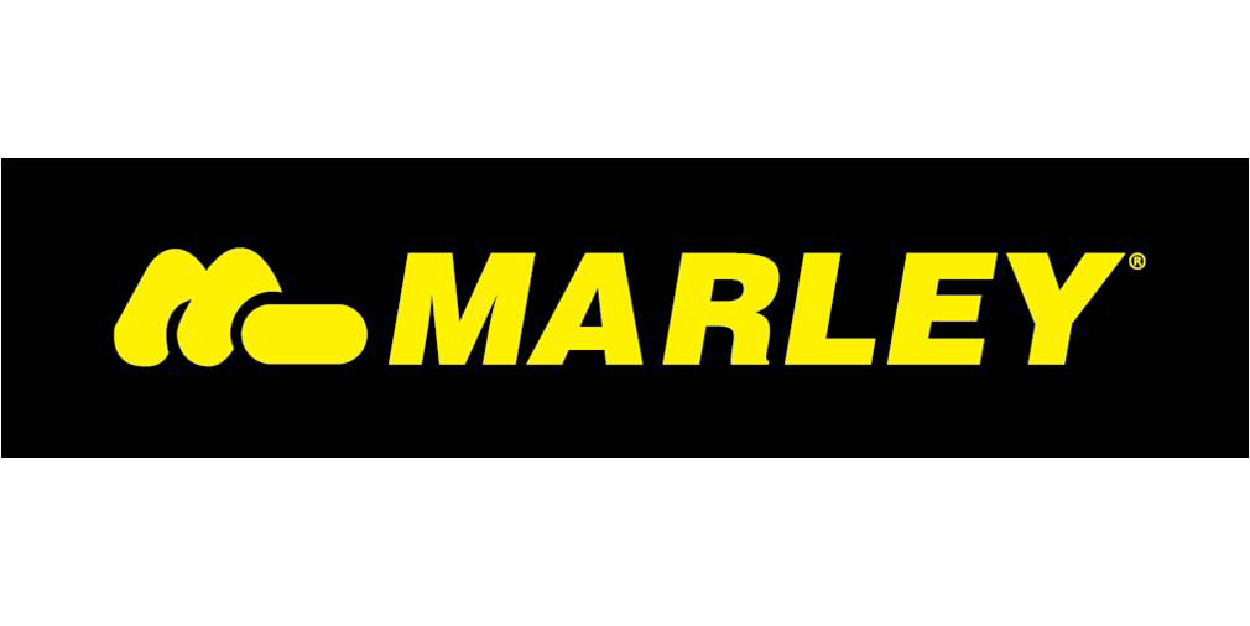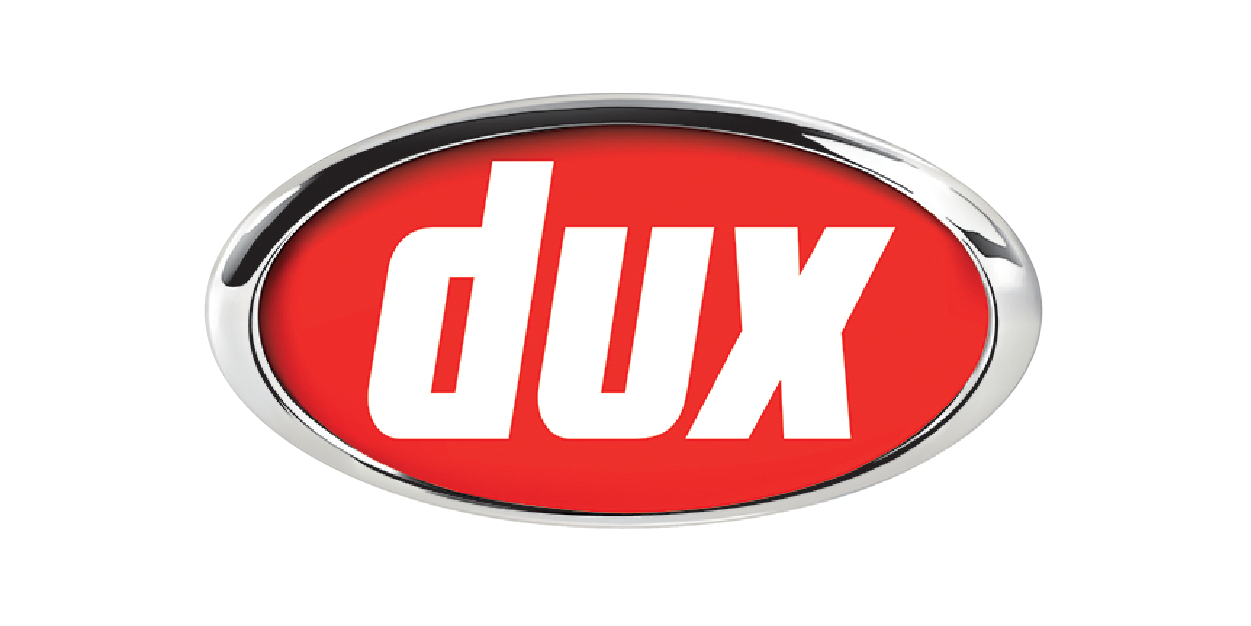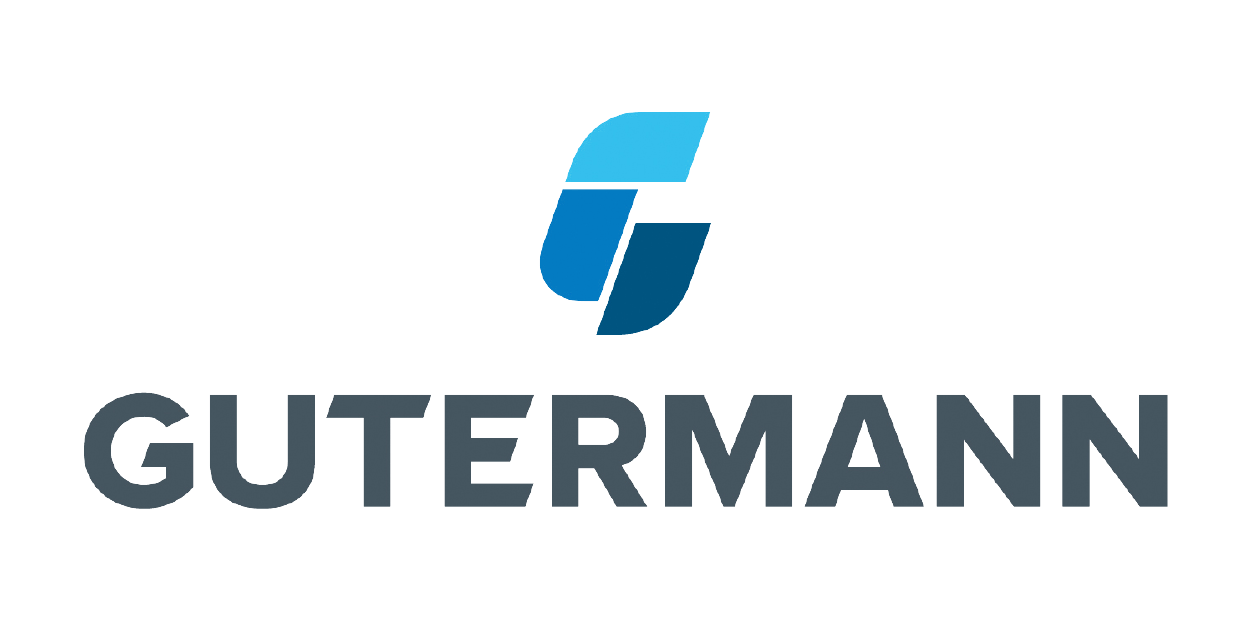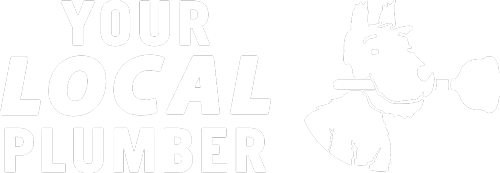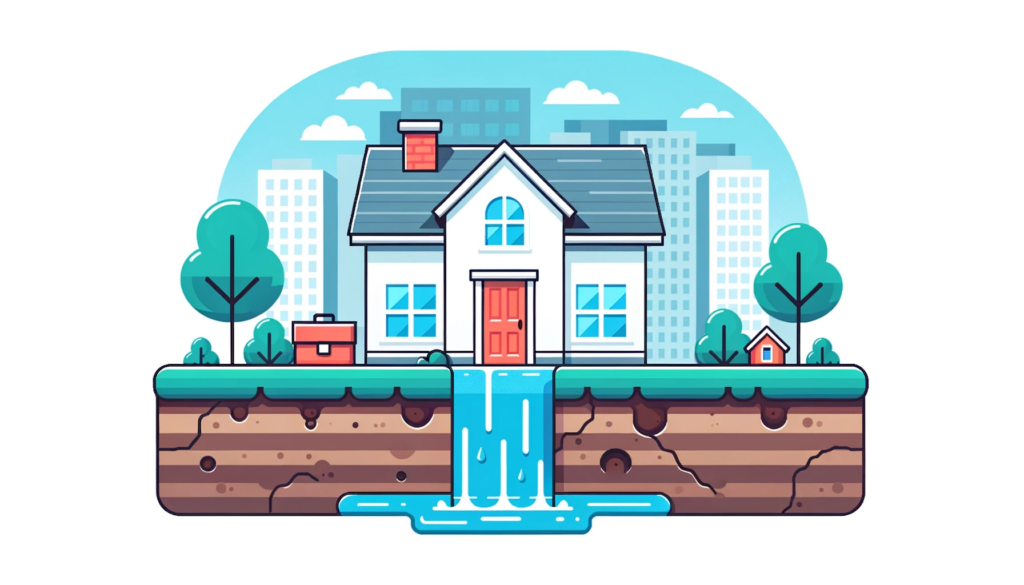
Call Today 09 973 4973 or
Acoustic leak detection is a non-invasive, highly effective method that professionals use to locate leaks, particularly in pressurized pipes. This method relies on sound technology, working on the principle that leaks in pressurized pipe systems create noise. This section will delve into the principles of acoustic leak detection, its applications, benefits, limitations, and the role of technology in enhancing its efficiency.
Principles of Acoustic Leak Detection
Acoustic leak detection operates based on the principle that a leak generates a distinct sound when water or gas escapes from a pipe under pressure. This noise travels along the pipe walls and through the surrounding medium (soil or air), where it can be detected and analysed.
When a pipe leaks, the fluid (water or gas) escapes from the opening and moves into the surrounding soil or air, causing a pressure and temperature drop at the leak point. This drop triggers the release of energy in the form of sound waves. The frequency and intensity of these waves can vary significantly depending on the size and pressure of the leak, the type of fluid, the material and size of the pipe, and the characteristics of the surrounding medium.
These sound waves, or “leak sounds,” can be picked up using sensitive listening devices like ground microphones or sensors placed directly on the pipe. The sounds are then analysed to pinpoint the location of the leak. With experience and the right equipment, a technician can determine the location of a leak within a few centimetres, making this method incredibly precise.
Applications of Acoustic Leak Detection
Acoustic leak detection is used in various applications, from residential plumbing systems to large-scale water and gas supply networks. It’s particularly effective in locating leaks in pressurised pipes, such as water supply pipes and pressurised sewage lines.
It’s also commonly used in leak detection surveys of water distribution networks, helping to identify and locate leaks that may otherwise go undetected. This proactive approach can significantly reduce water loss, conserve valuable resources, and prevent more substantial damage and disruption that can result from undetected leaks.
Despite its versatility, acoustic leak detection is not suitable for all situations. For instance, it might not be as effective in non-pressurised systems, where leaks do not generate enough sound to be detected, or in noisy environments where leak sounds can be masked by background noise.
Benefits and Limitations of Acoustic Leak Detection
Acoustic leak detection offers several benefits that make it a favoured choice for many leak detection tasks. It’s non-invasive, meaning that it doesn’t require excavation or disruption to the property or pipe system to locate leaks. It’s also quick, efficient, and cost-effective, capable of covering large areas in a relatively short time and with minimal resources.
Another significant advantage is its precision. With the right equipment and experienced technicians, acoustic leak detection can pinpoint the exact location of a leak, reducing the need for unnecessary excavation and helping to minimise repair costs.
Like any technology, acoustic leak detection has its limitations. The accuracy and effectiveness of this method can be affected by various factors, including the material and condition of the pipes, the pressure and type of fluid in the system, the depth and size of the leak, and the characteristics of the surrounding environment.
Leaks in plastic pipes may not produce as much sound as those in metal pipes, making them harder to detect. Similarly, smaller leaks or those at greater depths may generate weaker sounds that are more difficult to pick up, especially in noisy environments or over longer distances.
Role of Technology in Acoustic Leak Detection
Advancements in technology have significantly enhanced the effectiveness and efficiency of acoustic leak detection. Modern listening devices are incredibly sensitive and can pick up even the faintest sounds. They often incorporate digital signal processing and noise filtering technologies to help distinguish leak sounds from background noise, enhancing their detection capabilities even in challenging conditions.
Many of these devices are also equipped with advanced features such as frequency analysis, which allows technicians to analyse the frequency spectrum of the detected sounds. This can provide valuable insights into the characteristics of the leak, such as its size and pressure, aiding in the diagnosis and repair process.
Digital correlators have become a fundamental tool in acoustic leak detection. These devices work by comparing the sound signals received by two or more sensors placed along the pipe. By analysing the time delay between the signals, the correlator can accurately determine the location of the leak.
The use of wireless technology has also simplified the process of deploying and retrieving sensors, especially in large-scale leak detection surveys. This not only saves time and effort but also allows for more flexible and comprehensive monitoring of the pipe network.
Advancements in data analysis and visualization software have made it easier to interpret and present the results of acoustic leak detection surveys. This can facilitate decision-making and communication with stakeholders, leading to quicker and more efficient resolution of leaks.
Acoustic leak detection is a powerful tool in the arsenal of leak detection professionals. Its non-invasive nature, speed, efficiency, and precision make it an excellent choice for detecting leaks in pressurized pipe systems. While it has its limitations, advancements in technology continue to enhance its capabilities and overcome challenges, making it an increasingly reliable and versatile method for leak detection.
Whether you’re a homeowner concerned about a potential water leak, a utility manager looking to reduce water loss in your network, or a contractor needing to verify the integrity of a newly installed pipe system, acoustic leak detection can provide an effective and cost-efficient solution. As always, the key to successful leak detection lies not only in the technology but also in the skill and experience of the technician. Therefore, it’s essential to choose a reputable leak detection service provider who employs trained and experienced technicians and uses the latest, most advanced equipment.
Suppliers
